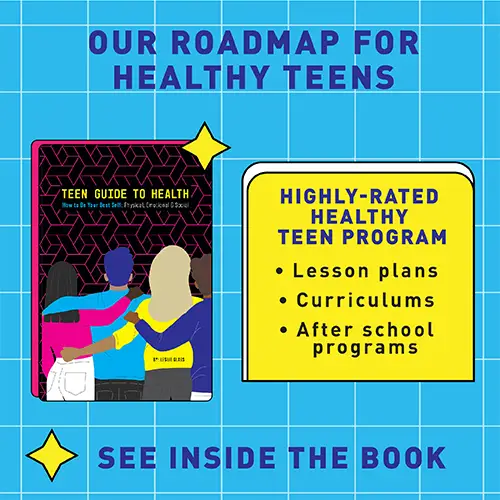What Is Harm Reduction: What You Should Know
Harm reduction refers to public policies and practices to limit the health and safety risks associated with substance use. This kind of public health strategy operates with the understanding that drugs are easily accessible to many and traditional approaches to prevent drug use often fail to limit demand. Harm reduction is not intended to make drugs more available to people or encourage drug use, but instead to prevent drug overdoses and curb the spread of disease.
Does This Strategy Work
While many have doubts about the reasoning behind harm reduction, understanding this practice begins with acknowledging that some people will continue to use drugs regardless of limitations or barriers to accessing them. Harm reduction does not stem from the belief that drug use is a “moral failing” of some kind. Rather, this philosophy promotes safety and dignity in a space where drug users are frequently judged and dehumanized.
Those who use drugs are more likely to also deal with mental illness, hepatitis, HIV or AIDS, or a chronic condition like lung disease or cancer. Therefore, harm reduction also aims to eliminate the stigma surrounding drug use and inform people about the dangers of substance use and addiction. Harm reduction practices also aim to prevent transmission of blood-borne or other infectious illnesses as well as encourage individuals to seek professional treatment for substance use.
Most Common Strategies For Addiction Treatment
Some examples of harm reduction in practice include…
- Syringe swapping centers
- Naloxone (Narcan) distribution programs
- Drug testing kits (to detect laced or synthetic drugs)
- Overdose prevention sites
- Medication-assisted detox treatments
These services may be offered by homeless shelters, churches, community health clinics, law enforcement or correctional programs, addiction centers, or other public and local community groups. These environments are intended to be judgment-free and practice discretion for the health and safety of those who utilize harm reduction services.
Why Harm Reduction Is So Important for Addiction Recovery
Harm reduction is not only a practice but also a kind of social movement. Harm reduction is meant to provide a safe environment for not just drug use, but drug treatment and education. Harm reduction serves populations that may not traditionally have access to these resources. Because of this, many proponents believe the practice acts as a bridge to treatment for addiction, significantly increasing a person’s chance of seeking treatment for substance abuse.
Practices in harm reduction outside the purview of substance use are already widespread. On a more general level, it seeks to curb the risks associated with activities that people will continue to do despite potentially harmful outcomes. Examples include seat belt laws, speed limits, birth control, emergency contraception, and cigarette filters.
Harm Reduction: Final Thoughts
Far from promoting drug use, harm reduction aims to mitigate health and safety risks, prevent overdoses, and combat the spread of diseases among people who use drugs and the general population. Moreover, public harm reduction in drug use serves as a bridge to treatment for those who might not otherwise have access to help. Ultimately, the practice aids in eliminating stigma, providing education, and offering a range of services that can be adapted to the needs of a specific population.
More Articles To Read About Addiction Treatment
Is Medication-Assisted Addiction Treatment Right For You
How To Find The Right Treatment For Dual Diagnosis





















